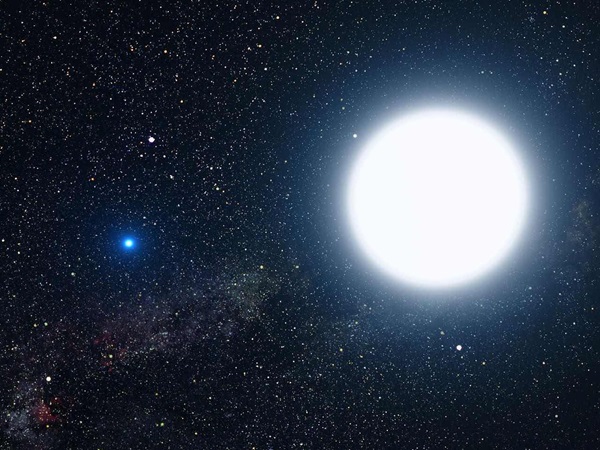An asteroid will briefly blot out the sky’s brightest star tonight – Astronomy Magazine
Tonight is a fantastic night to hunt for Sirius in the evening sky.
The night sky’s brightest star (at magnitude –1.5) appears due south and at its highest position around 9 p.m. local time tonight. It then lies about one-third of the way from the horizon to the zenith from mid-northern latitudes. (The farther south you live, the higher it appears.)
For a few lucky observers this evening, however, Sirius should relinquish its crown as the brightest star when the 17th-magnitude asteroid 4388 Jurgenstock passes directly in front of it. During the occultation, Sirius will dim significantly — if not disappear — for 1.8 seconds.







